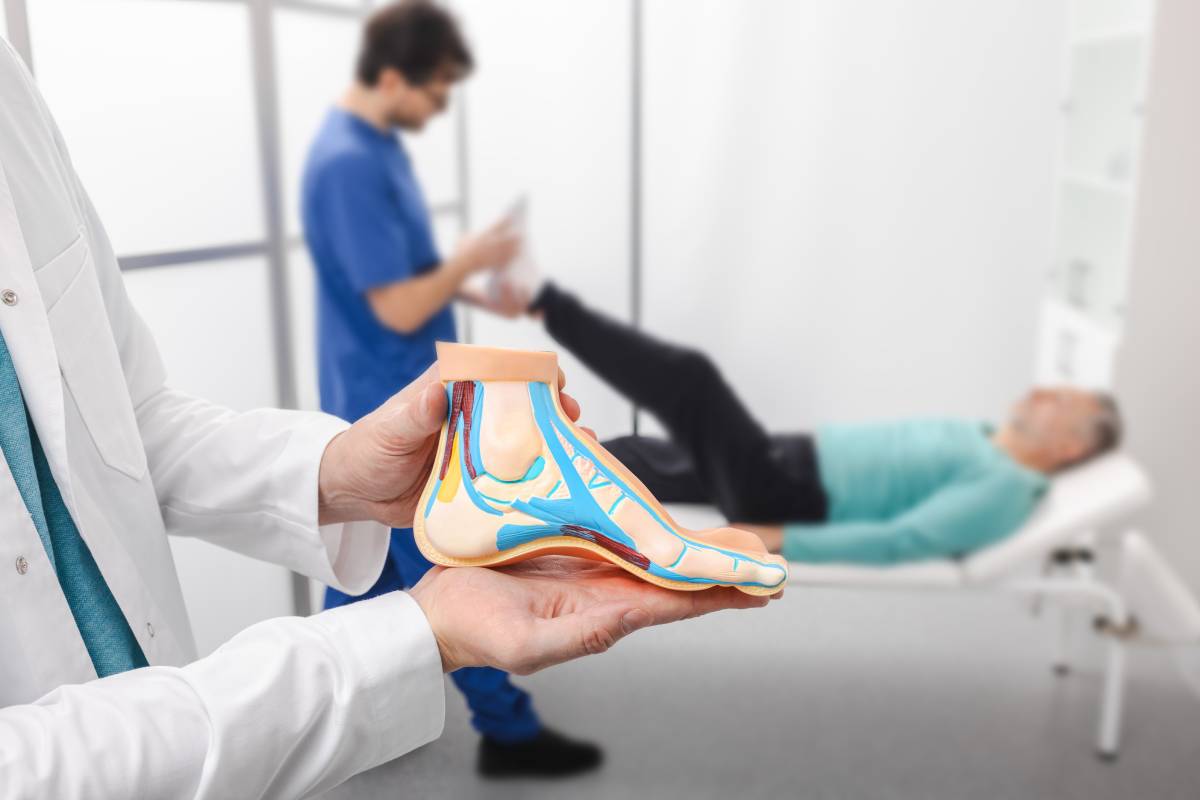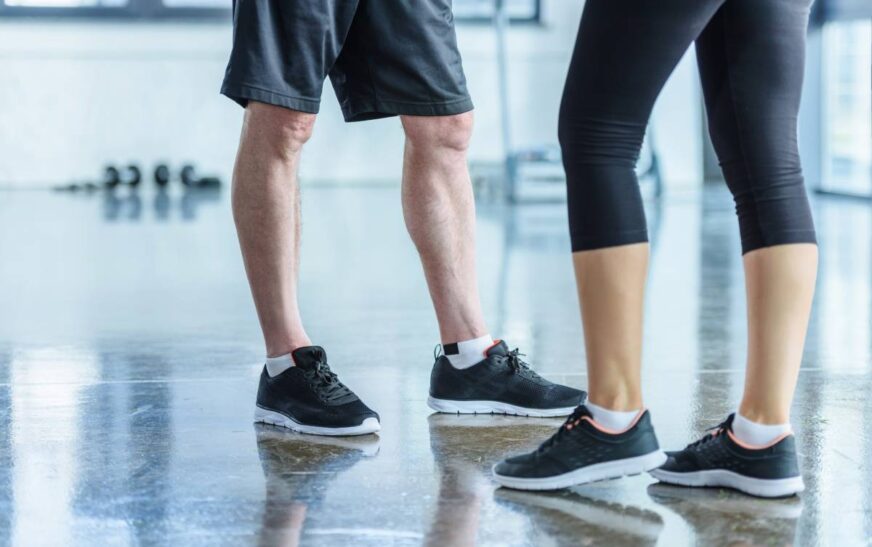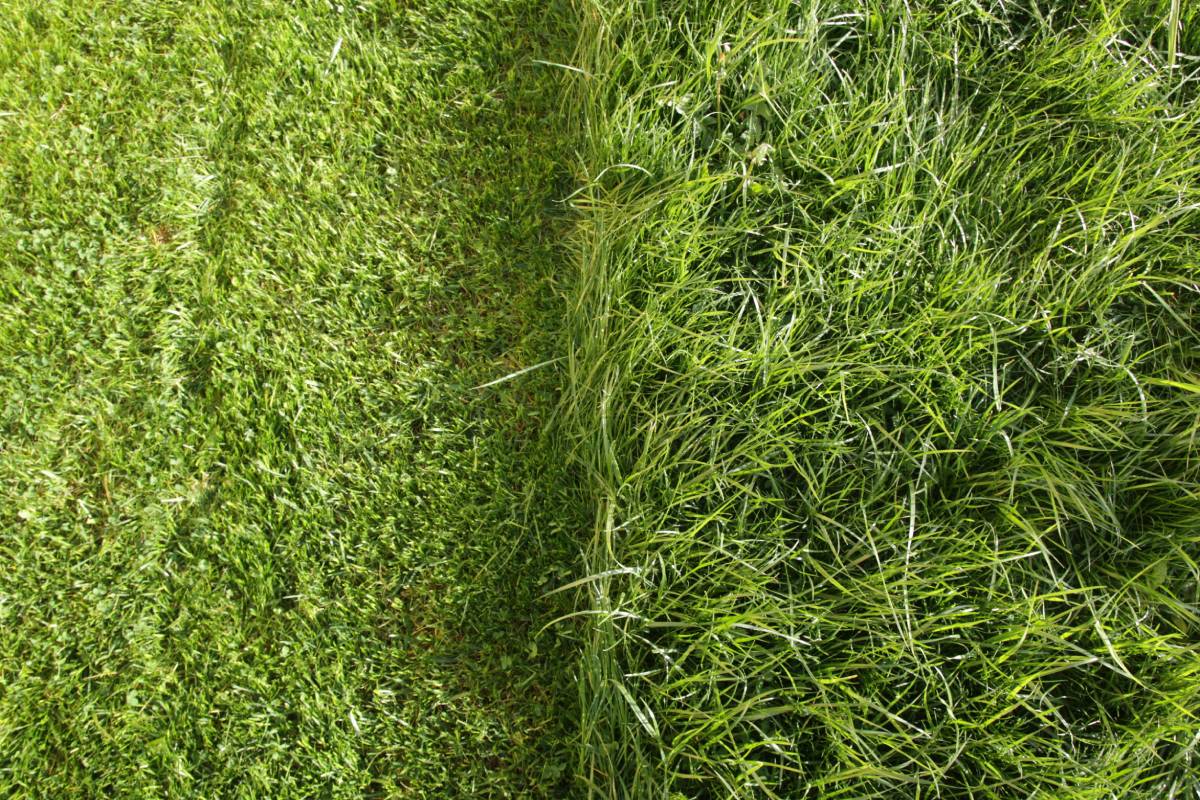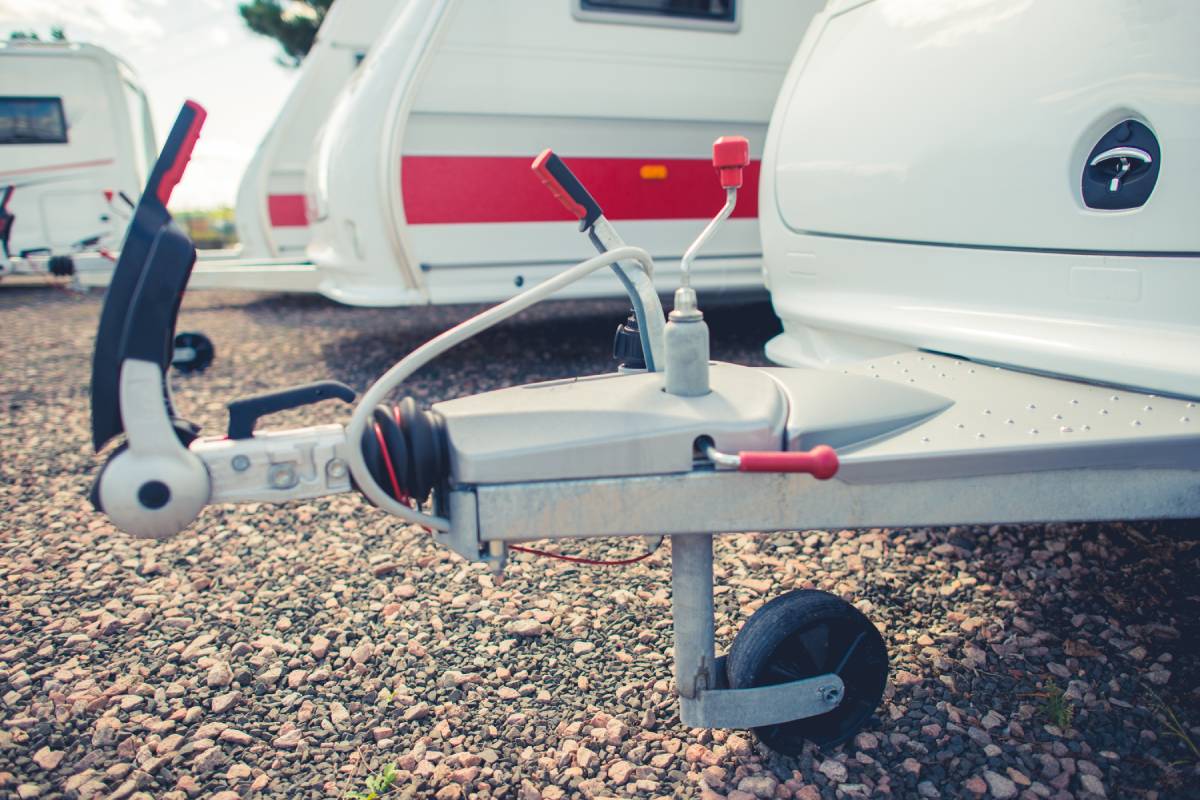Your calf muscles help you move, balance, and stay active every day. The two main muscles in your calf are the gastrocnemius and the soleus.
Even though they are close together, they work in different ways and support different types of movement. Knowing how these muscles work and how to spot problems with them can help you avoid injuries and recover faster.
In this article, you will learn what makes the gastrocnemius and soleus different, how to tell if one is tight or hurt, and simple steps to keep your calves healthy and strong.
How Do the Gastrocnemius and Soleus Differ in Function?

The gastrocnemius and soleus are the main calf muscles attached to the Achilles tendon. The gastrocnemius is larger, crosses both the knee and ankle, and aids in bending the knee and quick, powerful movements like sprinting and jumping.
The soleus lies beneath it, crosses only the ankle, and supports endurance activities such as standing and walking, helping with balance and stability. In short, the gastrocnemius is for fast, strong actions, while the soleus focuses on endurance and steady support.
1. Introduction to the Gastrocnemius and Soleus Muscles
The gastrocnemius and soleus are two important muscles in the calf, located at the back of your lower leg. Together, they make up most of the calf’s size.
These muscles connect to your heel through the Achilles tendon, which helps you walk, run, and jump. Knowing how these muscles work is useful for understanding injuries and improving physical performance.
2. Anatomy and Location Differences
The gastrocnemius is the bigger, more noticeable muscle on the back of the lower leg. It has two parts that start from the thigh bone (femur) and cross the knee joint.
The soleus is underneath the gastrocnemius. It is flatter and wider, starting from the shin bones (tibia and fibula) and only crosses the ankle joint. Because of these differences, each muscle works differently.
3. Functional Differences: Movement and Role
The gastrocnemius helps bend the knee and push your foot down, especially during fast and strong movements like running or jumping.
The soleus mainly helps point the foot down but is more active during slow, steady activities like standing or walking. The gastrocnemius has fast muscle fibers for quick actions, while the soleus has slow fibers for endurance.
How to Tell the Difference Between Gastrocnemius and Soleus Injuries
Gastrocnemius and soleus injuries are common in active people but usually occur in different ways. Gastrocnemius injuries often happen suddenly during explosive actions like running or jumping, causing sharp pain or a “pop” near the back of the knee, with possible swelling and bruising.
Soleus injuries develop more slowly from overuse, causing dull pain lower in the calf, near the ankle, especially after long periods of standing or walking. A doctor or physical therapist can help identify the affected muscle through physical checks or imaging like ultrasound or MRI.
From Inflammation to Lasting Health
Understanding the gastrocnemius and soleus muscles is key to managing inflammation and promoting lasting health in your calves. These muscles play vital roles in movement and stability, and knowing how they differ helps prevent injuries and supports effective recovery.
How to Know If Your Gastrocnemius or Soleus Is Tight

Calf muscle tightness is common and can cause pain or difficulty moving. Since the gastrocnemius and soleus muscles work differently, you can check which one is tight by changing your knee position when stretching.
To see if the gastrocnemius is tight, stretch your calf with your knee straight. Stand facing a wall, place your hands on it, keep the injured leg straight behind you, and press your heel into the floor. You should feel the stretch high in the calf, near the back of the knee.
To check the soleus, do the same stretch but bend your knee slightly. Keep your heel on the floor and lean forward. You should feel the stretch lower in the calf, near the ankle. Regular stretching of both muscles helps reduce pain and prevent injury. Remember to warm up and stretch gently.
Why Knowing the Difference Matters
Knowing whether the gastrocnemius or soleus is causing pain or tightness can help you choose the right treatment and recovery plan.
For example, a sudden sharp injury in the upper calf may need rest, ice, and physical therapy focused on the gastrocnemius. On the other hand, a slow, aching pain lower in the calf may improve with stretching and strengthening exercises targeting the soleus.
Athletes, runners, and people who spend a lot of time on their feet should pay special attention to these muscles. Ignoring tightness or pain can lead to more serious injuries, like muscle tears or Achilles tendon problems.
1. Get the Right Treatment
If you know which muscle hurts the gastrocnemius or soleus you can choose the best treatment. Sharp pain in the upper calf (gastrocnemius) may need rest and ice. Dull pain lower in the calf (soleus) may get better with stretching and strengthening exercises.
2. Important for Active People
If you run, play sports, or stand a lot, watch for tightness or pain in these muscles. They are important for moving and staying balanced.
3. Prevent Bigger Problems
Ignoring pain or tightness can cause serious injuries like muscle tears or problems with the Achilles tendon. Treating early helps you avoid long recovery times.
Tips for Caring for Your Gastrocnemius and Soleus
- Warm up properly before exercise to prepare both muscles for activity.
- Stretch both muscles regularly, using knee position to focus on the gastrocnemius or soleus.
- Use foam rolling to massage tight areas and improve blood flow.
- Build strength gradually to avoid overloading these muscles suddenly.
- If you feel pain, rest and avoid activities that make it worse.
- Seek professional help if pain is severe or does not improve.
Summary
The gastrocnemius and soleus muscles are both essential for movement and stability in the lower leg. The gastrocnemius is mainly for fast, powerful movements and crosses the knee and ankle, while the soleus supports endurance activities and crosses only the ankle.
Injuries to these muscles show different signs sudden sharp pain for the gastrocnemius, and slow aching pain for the soleus. By using simple stretches with different knee positions, you can identify which muscle is tight. Understanding these differences helps with treatment, injury prevention, and staying active.










